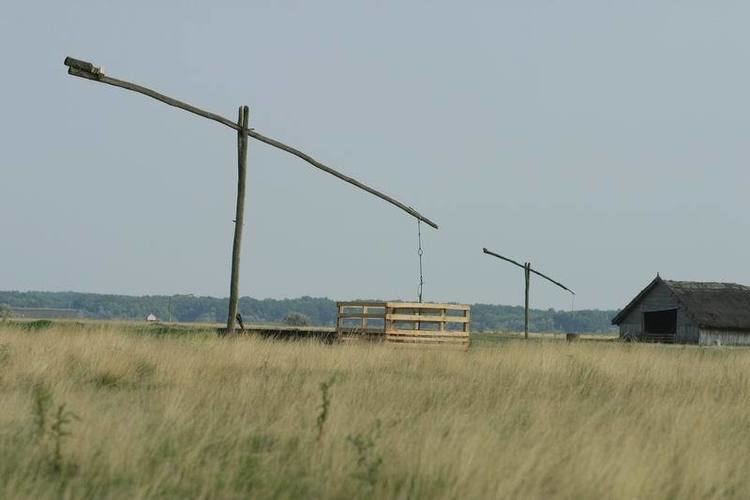Criteria iv, v UNESCO region Central Europe Phone +36 52 589 000 | Type Cultural Reference 474 UNESCO World Heritage Site inscription 1999 | |
 | ||
Similar Lake Tisza, Nine‑holed Bridge, Őrség National Park, Balaton Uplands National, Pannonhalma Archabbey | ||
Weekend in hortoba gy national park
Hortobágy ([ˈhortobaːɟ]) is an 800 km2 national park in eastern Hungary, rich with folklore and cultural history. The park, a part of the Alföld (Great Plain), was designated as a national park in 1973 (the first in Hungary), and elected among the World Heritage sites in 1999. The Hortobágy is Hungary's largest protected area, and the largest semi-natural grassland in Europe.
Contents
Until recently it was believed that this alkaline steppe was formed by the clear cutting of huge forests in the Middle Ages, followed by measures to control the course of the Tisza River, allegedly resulting in the soil's current structure and pH. However, Hortobágy is much older, with alkalinization estimated to have started ten thousand years ago, when the Tisza first found its way through the Great Hungarian Plain, cutting off many streams from their sources in the Northern Mountains. The formation was finished by grazing animals and wild horses during the Ice Age, followed by domesticated animals.
One of its most iconic sites is the Nine-holed Bridge. Traditional T-shaped sweep wells dot the landscape, as well as the occasional mirage of trees shimmering in the reflected heat of the Puszta. Part of the national park is a dark sky preserve.
Hortobágy has also had negative connotations. Hortobágy was a place where Hungarian Stalinists sent their political opponents to work in forced labour, especially after the Resolution of Informbiro (Cominform or Communist Information Bureau). In much the same way as prison Goli otok functioned in Tito's Yugoslavia (see Tito–Stalin split) and Bărăgan in Romania.
Erasmus hortob gy national park
Flora and faunaEdit
Hortobágy is a steppe, a grassy plain with Hungarian Grey cattle, racka, water buffalo, and horses tended by herdsmen. It provides habitat for various species including 342 species of birds. The red-footed falcon, stone curlew, great bustard and aquatic warbler are represented by breeding populations. The area is an important stopover site for migrating common cranes, dotterels, and lesser white-fronted geese.
Hortobágy is also a centre for the breeding of Taurus cattle, one of several ongoing attempts to breed back the aurochs.
